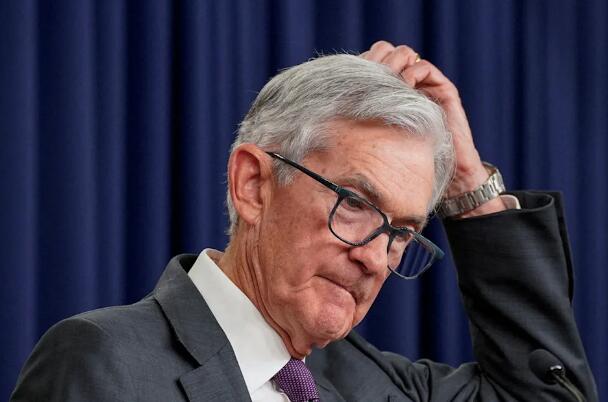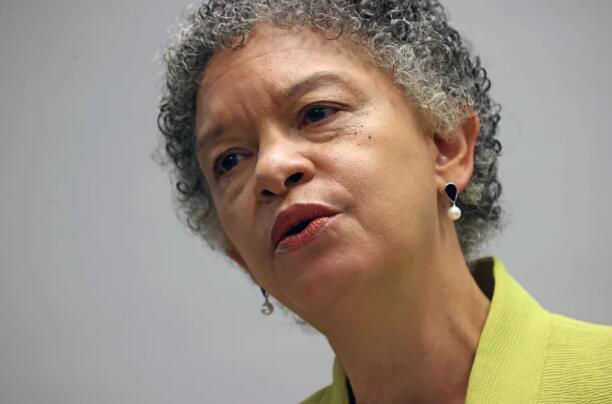The Federal Reserve’s inflation battle just got harder as February’s hotter-than-expected PCE data meets fresh tariff threats from former President Trump, casting uncertainty over rate-cut plans and future economic outlook.

The Federal Reserve’s struggle to rein in inflation may be entering a more turbulent phase. February’s core Personal Consumption Expenditures (PCE) Index — the Fed’s preferred inflation gauge — rose 2.8% year-over-year, outpacing economists’ forecast of 2.7%. On a monthly basis, prices climbed 0.4%, exceeding the expected 0.3%.
This stronger-than-anticipated inflation print arrives at a critical time, as the central bank braces for potential price shocks stemming from a new wave of tariffs proposed by former President Donald Trump. The looming “reciprocal” duties, expected to be announced next week, could add fuel to the inflationary fire and complicate the Fed’s policy trajectory.
“This is a clear signal that the Fed’s wait-and-see approach will likely continue,” said Ellen Zentner, Chief Economist at Morgan Stanley Wealth Management. “While inflation wasn’t alarmingly high, the added tariff uncertainty gives the Fed more reason to delay rate cuts.”

Federal Reserve Chair Jerome Powell has maintained that the inflationary impact from tariffs would likely be temporary. However, some policymakers remain unconvinced, suggesting the pressures may be more sustained. This divergence in opinion is amplifying uncertainty within the central bank and among investors.
Last week, Fed officials revised their 2025 inflation forecast upward from 2.5% to 2.8%, largely due to the anticipated effects of new trade policies. At the same time, they downgraded their economic growth projections for this year — a dual signal of concern over both inflation and slowing momentum.
Ironically, February’s data already aligns with the Fed’s year-end inflation target — and that’s before Trump’s new tariff measures have taken effect. Should these trade actions lead to broader price hikes, the Fed’s current outlook might prove too optimistic.
In the months ahead, all eyes will remain on how these economic crosscurrents — hotter inflation data and evolving trade dynamics — shape the Fed’s path forward.